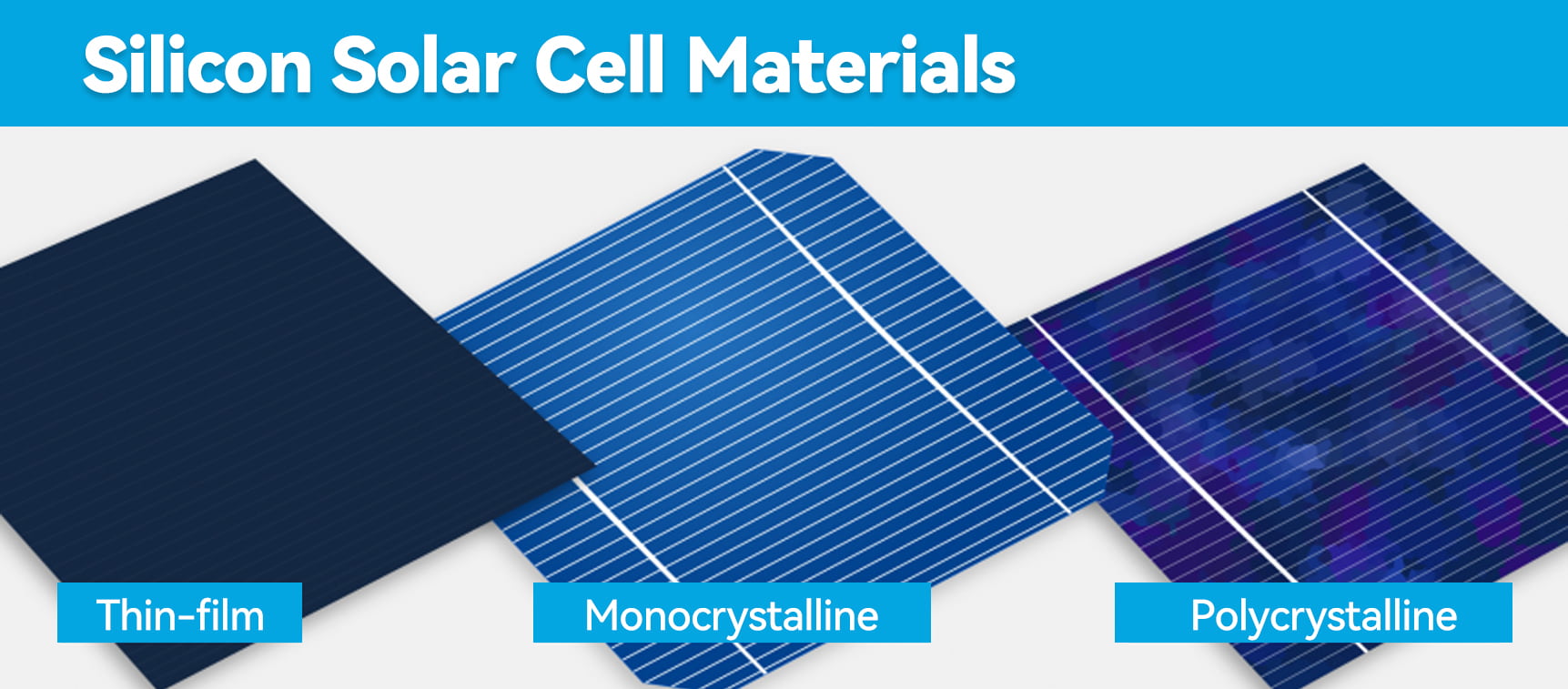Solar Photovoltaic Cell Basics
Oct 25, 2023
When light shines on a photovoltaic (PV) cell – also called a solar cell – that light may be reflected, absorbed, or pass right through the cell. The PV cell is composed of semiconductor material; the “semi” means that it can conduct electricity better than an insulator but not as well as a good conductor like a metal. There are several different semiconductor materials used in PV cells.
When the semiconductor is exposed to light, it absorbs the light’s energy and transfers it to negatively charged particles in the material called electrons. This extra energy allows the electrons to flow through the material as an electrical current. This current is extracted through conductive metal contacts – the grid-like lines on a solar cells – and can then be used to power your home and the rest of the electric grid.
The efficiency of a PV cell is simply the amount of electrical power coming out of the cell compared to the energy from the light shining on it, which indicates how effective the cell is at converting energy from one form to the other. The amount of electricity produced from PV cells depends on the characteristics (such as intensity and wavelengths) of the light available and multiple performance attributes of the cell.
An important property of PV semiconductors is the bandgap, which indicates what wavelengths of light the material can absorb and convert to electrical energy. If the semiconductor’s bandgap matches the wavelengths of light shining on the PV cell, then that cell can efficiently make use of all the available energy.
Learn more below about the most commonly-used semiconductor materials for PV cells.
A picture of three solar cells made out of different silicon materials: thin-film, monocrystalline, and polycrystalline silicon.
SILICON
Silicon is, by far, the most common semiconductor material used in solar cells, representing approximately 95% of the modules sold today. It is also the second most abundant material on Earth (after oxygen) and the most common semiconductor used in computer chips. Crystalline silicon cells are made of silicon atoms connected to one another to form a crystal lattice. This lattice provides an organized structure that makes conversion of light into electricity more efficient.
Solar cells made out of silicon currently provide a combination of high efficiency, low cost, and long lifetime. Modules are expected to last for 25 years or more, still producing more than 80% of their original power after this time.
THIN-FILM PHOTOVOLTAICS
A thin-film solar cell is made by depositing one or more thin layers of PV material on a supporting material such as glass, plastic, or metal. There are two main types of thin-film PV semiconductors on the market today: cadmium telluride (CdTe) and copper indium gallium diselenide (CIGS). Both materials can be deposited directly onto either the front or back of the module surface.
CdTe is the second-most common PV material after silicon, and CdTe cells can be made using low-cost manufacturing processes. While this makes them a cost-effective alternative, their efficiencies still aren't quite as high as silicon. CIGS cells have optimal properties for a PV material and high efficiencies in the lab, but the complexity involved in combining four elements makes the transition from lab to manufacturing more challenging. Both CdTe and CIGS require more protection than silicon to enable long-lasting operation outdoors.
PEROVSKITE PHOTOVOLTAICS
Perovskite solar cells are a type of thin-film cell and are named after their characteristic crystal structure. Perovskite cells are built with layers of materials that are printed, coated, or vacuum-deposited onto an underlying support layer, known as the substrate. They are typically easy to assemble and can reach efficiencies similar to crystalline silicon. In the lab, perovskite solar cell efficiencies have improved faster than any other PV material, from 3% in 2009 to over 25% in 2020. To be commercially viable, perovskite PV cells have to become stable enough to survive 20 years outdoors, so researchers are working on making them more durable and developing large-scale, low-cost manufacturing techniques.